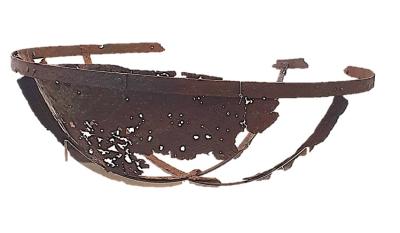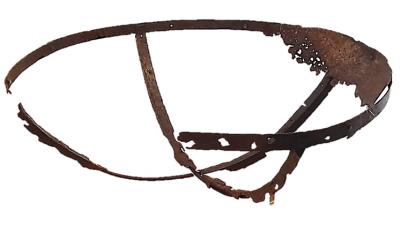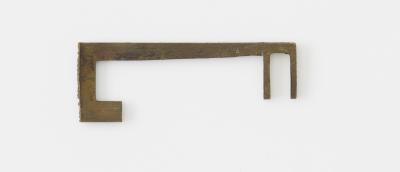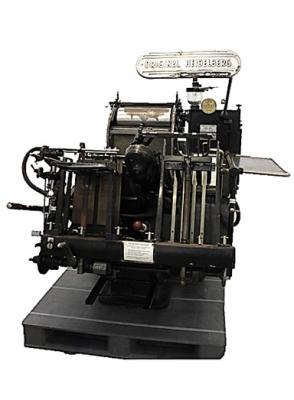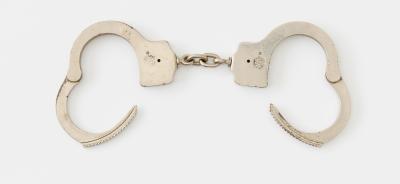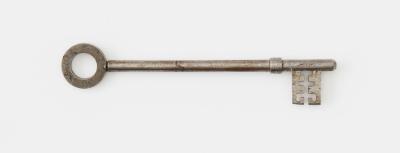CLAY PIPE
1850 - 1886(a) Small, cream coloured, earthenware clay pipe bowl. Small, oval shaped barrel, with thick walls and a large opening. It attaches to the stem at an angle. It has become broken from the stem at the base of the bowl. A previous attempt at mending the break is evident on the surface near the break, and appears to be metal corrosion staining.
(b) Long, thin, cylindrical, cream coloured, earthenware clay pipe stem.. Small opening through the centre. A previous attempt at mending the break is evident on the surface near the break, and appears to be metal corrosion staining.
Extracted on 19 August 2013 from shaft in the eastern wall of the Main Cell Block (2 Division) by stone masons during wall conservation works.
Details
Details
Smoking would have been a welcome relief from the brutality and drudgery of the everyday lives convicts led at Fremantle. However, under certain circumstances, it was an illegal habit, with the Convict Establishment rules forbidding the smoking of tobacco inside the yard, cells, the cookhouse, washhouse, or inside any of the workshops.
Since tobacco was not a part of a convict’s rations, it was soon regarded as a valuable black market commodity within the Establishment’s community. Used for tipping, bribery and barter amongst convicts and staff, convicts even had their own slang words for tobacco, such as ‘weed’ and pipe ‘steamer’. By the 1860s, the term ‘smoko’ had entered the colonial language, meaning to take a short break from work to have a smoke.
Clay pipes of this period conformed to a basic shape; a hemispherical egg or egg-shaped bowl on top of a long tapering stem. The mouthpiece could either be moulded or left unformed. Pipes were produced from fine clays, which were generally fired to create a cream or white colour.
These clay pipes are highly significant, both historically and socially, as examples of the everyday existence, habits and conditions under which the inmates at the Convict Establishment lived. All examples in the collection are provenanced to the site, with some examples removed directly from their hiding place inside the walls in relatively good condition. As examples of common items used on site during the early convict period, from which Fremantle Prison receives its UNESCO World Heritage listing, these clay pipes have international significance.
Open in Google Maps
Nearest geotagged records:
- PHOTOGRAPH OF CATHOLIC CHAPEL AFTER 1988 RIOT (0km away)
- AD REM PRISON NEWSLETTER (0km away)
- CONCERT PROGRAMME (0km away)
- IMAGE OF CHRISTMAS FESTIVITIES (0km away)
- ENTRANCE TO FREMANTLE PRISON (0km away)
- IMAGE OF SALLY PORT (0km away)
- IMAGE OF THE MAIN CELL BLOCK (0km away)
- GATEHOUSE/RECEPTION (0km away)
- IMAGE OF BAKING BREAD (0km away)
- PHOTOGRAPH OF PRISON LIBRARY (0km away)
Nearby places: View all geotagged records »
